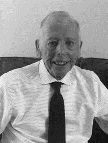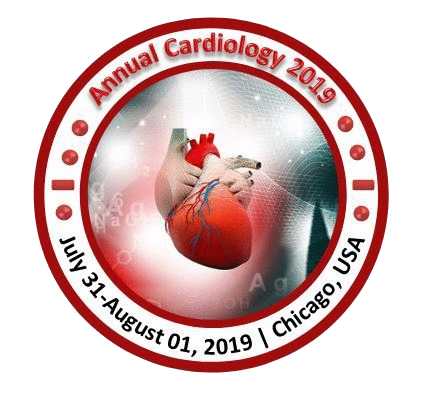
Biography
Biography: William J Rowe
Abstract
Neil Armstrong syndrome applies both to Earth with common magnesium (Mg) deficits and with Mg deficits invariably
occurring in Space (S); this can trigger acute temporary heart failure i.e., (catecholamine (C) cardiomyopathy). Whereas
the normal CO2 levels on Earth are 0.03% in S, during the Euro Mir 94 missions, levels over 10 times higher (0.5-0.7% CO2).
It has been postulated that there is, with S flight, an intracellular shift of calcium (Ca) conducive to vasospasm and damage to
mitochondria. Mg is a Ca blocker and strong antioxidant and is required for thermoregulation with loss of Mg in sweat and
renal Mg loss and dehydration; this will increase potential for heart failure and hypertension. C levels in S are twice supine
levels on Earth. Armstrong, during his last 20 lunar minutes, notified Houston twice during a 4 minute interval that he was
“short of breath” along with heart rates up to 160; tachycardia will intensify oxidative stress in S from Mg ion deficits, high C,
high free fatty acids and vicious cycles. This syndrome has severe dyspnea, severe thirst, severe tachycardia corrected by fluid
replenishment, applies to Earth as well; it would be more likely to occur in post-menopausal women with 90% of cases of C
cardiomyopathy reported in this group, marathoners particularly at the finish line and those in the tropics, particularly with
water shortages. It is likely to be corrected, relatively quickly either by intravenous fluids or a subcutaneous Mg injection.

